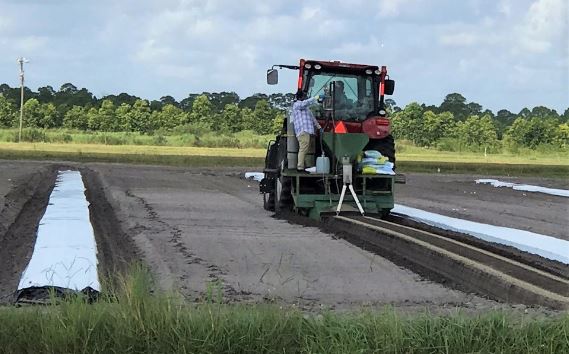By Clint Thompson
One of the most efficient ways to control nematodes is through fumigation. Ten years from now, that may not be the case, though, believes Johan Desaeger, UF/IFAS Assistant Professor of Entomology and Nematology.

“I think the fumigants, although they’re still the standard, I don’t think 10 years from now there’s going to be that much fumigation left. You see it across the world. They’re phasing out fumigants, banning Telone in other places, even within the U.S.,” Desaeger said. “I think growers are going to have to start looking at non-fumigant approaches. That’s what I’m trying to do. I’m trying to work with some of these new nematicides that are out there and combine them with some other practices.
His integrated nematode management program focuses on helping growers reduce their reliance on fumigants. That can be done through cover crops, resistant varieties or with nematicides like Velum.
“I’m not saying that you can’t fumigate at all, but I don’t think there’s a need to fumigate every crop,” Desaeger said. “(Growers) have some alternatives now that they didn’t have in the past. But they’ve been using fumigants 50 years or more. It’s an old habit that’s going to be hard to break. But I think they will have to because I think the pressure from the regulators is just going to be increasing.”
What are Nematodes?
Nematodes are microscopic worm-like pests that have a wide host range. Root-knot nematodes enter the roots of plants. They move through its cells until they reach sites where they grow, produce additional eggs and cause the roots to swell. This reduces the plant’s growth and any potential yield.
Fumigation is the process of releasing fumigants to suffocate and kill certain pests within the soil, namely nematodes.









